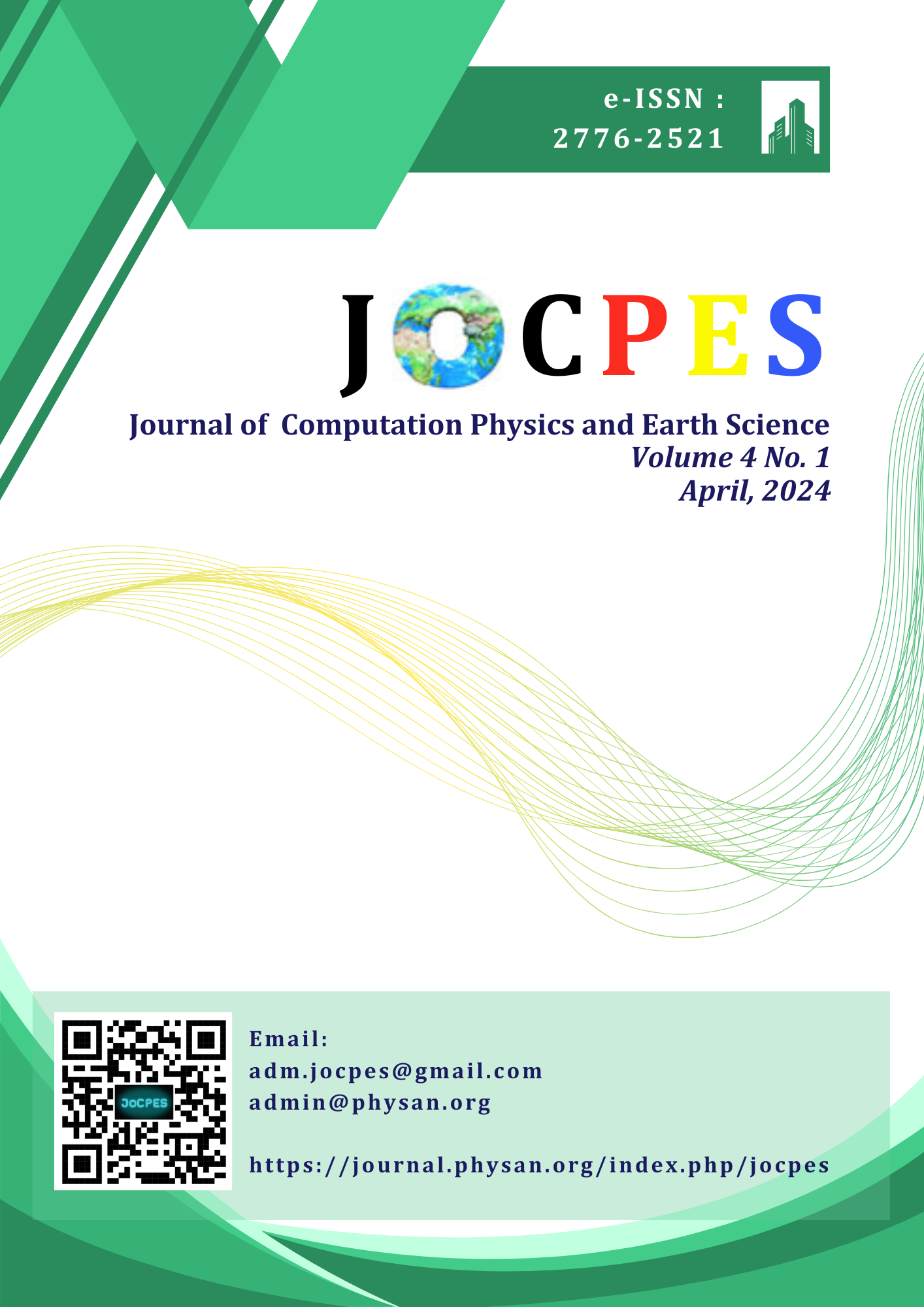A Literature Review Leveraging Low-Cost MEMS Accelerometers and Raspberry Shake Sensors for Structural Health Monitoring and Seismic Applications
Main Article Content
Abstract
A viable approach for real-time seismic and structural health monitoring (SHM) applications is the combination of inexpensive MEMS accelerometers with Raspberry Shake sensors. Building on recent developments in electrochemical seismometry and MEMS-based sensor technology, this study assesses the viability of employing these reasonably priced sensors to record seismic waves and structural vibrations, which are essential for determining the integrity of infrastructure and identifying early indicators of structural fatigue. While research on seismic applications emphasizes the requirement for easily accessible, large-scale deployment choices, literature on MEMS applications emphasizes improvements in sensitivity, frequency range, and cost-efficiency. In this investigation, a network of MEMS accelerometers and Raspberry Shake devices is deployed in different structural situations. Custom algorithms are used for data collection and processing. Results indicate that these MEMS-based systems offer adequate accuracy in frequency and amplitude response compared to traditional high-end seismic sensors, demonstrating significant potential in cost-sensitive environments. By leveraging these compact, economical sensors, this approach enables scalable and accessible monitoring solutions, supporting resilient infrastructure management and enhanced seismic hazard assessment.
Downloads
References
S. Komarizadehasl, F. Lozano, J. A. Lozano-Galant, G. Ramos, and J. Turmo, “Low-Cost Wireless Structural Health Monitoring of Bridges,” Sensors, vol. 22, no. 15, Aug. 2022.
R. R. Ribeiro and R. de M. Lameiras, “Evaluation of low-cost MEMS accelerometers for SHM: Frequency and damping identification of civil structures,” Lat. Am. J. Solids Struct., vol. 16, no. 7 CILAMCE 2018, Jul. 2019.
M. Mazzei and A. M. Di Lellis, “Capacitive accelerometers at low frequency for infrastructure monitoring,” in Procedia Structural Integrity, 2022, vol. 44, pp. 1212–1219.
A. Prato, F. Mazzoleni, G. D’Emilia, A. Gaspari, E. Natale, and A. Schiavi, “Metrological traceability of a digital 3-axis MEMS accelerometers sensor network,” Meas. J. Int. Meas. Confed., vol. 184, Nov. 2021.
A. P. Ompusunggu, K. Eryilmaz, and K. Janssen, “Condition monitoring of critical industrial assets using high performing low-cost MEMS accelerometers,” in Procedia CIRP, 2021, vol. 104, pp. 1389–1394.
Z. Sun et al., “A MEMS Based Electrochemical Seismometer with Low Cost and Wide Working Bandwidth,” in Procedia Engineering, 2016, vol. 168, pp. 806–809.
A. G. Özcebe et al., “Raspberry Shake-Based Rapid Structural Identification of Existing Buildings Subject to Earthquake Ground Motion: The Case Study of Bucharest,” Sensors, vol. 22, no. 13, Jul. 2022.
M. Galetto, A. Schiavi, G. Genta, A. Prato, and F. Mazzoleni, “Uncertainty evaluation in calibration of low-cost digital MEMS accelerometers for advanced manufacturing applications,” CIRP Ann., vol. 68, no. 1, pp. 535–538, Jan. 2019.
H. Baghdadi, K. Rhofir, and M. Lamhamdi, “Smart portable system for monitoring vibration based on the Raspberry Pi microcomputer and the MEMS accelerometer,” Int. J. Informatics Commun. Technol., vol. 12, no. 3, pp. 261–271, Dec. 2023.
M. Esposito et al., “Low-cost MEMS accelerometers for earthquake early warning systems: A dataset collected during seismic events in central Italy,” Data Br., vol. 53, Apr. 2024.
J. Paziewski et al., “Integrating low-cost GNSS and MEMS accelerometer for precise dynamic displacement monitoring,” Meas. J. Int. Meas. Confed., vol. 242, Jan. 2025.
E. Benedetti, A. Dermanis, and M. Crespi, “On the feasibility to integrate low-cost MEMS accelerometers and GNSS receivers,” Adv. Sp. Res., vol. 59, no. 11, pp. 2764–2778, Jun. 2017.
C. R. Ahn, M. Asce, S. Lee, F. Peña, and P. Peña-Mora, “Application of Low-Cost Accelerometers forMeasuring the Operational Efficiency of a Construction Equipment Fleet,” 2014.
P. Gao, K. Li, T. Song, and Z. Liu, “An accelerometers-size-effect self-calibration method for triaxis rotational inertial navigation system,” IEEE Trans. Ind. Electron., vol. 65, no. 2, pp. 1655–1664, Jul. 2017.
B. Pierson, P. Faestel, J. T. Spector, and P. Johnson, “Preliminary comparison of vibration measurement accuracy between a low cost, portable acceleration measurement unit and a gold-standard accelerometer system,” Appl. Ergon., vol. 90, Jan. 2021.
D. Arosio, A. Aguzzoli, L. Zanzi, L. Panzeri, and D. Scaccabarozzi, “Lab and Field Tests of a Low-Cost 3-Component Seismometer for Shallow Passive Seismic Applications,” Earth Sp. Sci., vol. 10, no. 10, Oct. 2023.
A. M. Lăpădat, C. C. J. M. Tiberius, and P. J. G. Teunissen, “Experimental evaluation of smartphone accelerometer and low-cost dual frequency gnss sensors for deformation monitoring,” Sensors, vol. 21, no. 23, Dec. 2021.
A. I. Sifuentes Jiménez, M. C. Suarez Antunez, and L. E. Estacio Flores, “Monitoreo de la salud estructural de un edificio residencial de muros de corte de hormigón armado en Lima, Perú, utilizando un sensor 4d raspberry shake,” TECNIA, vol. 32, no. 2, pp. 162–170, Aug. 2022.
J. G. Jency, M. Sekar, and A. R. Sankar, “Damping analysis of a quad beam MEMS piezoresistive accelerometer,” Int. J. Model. Simul., vol. 41, no. 4, pp. 256–264, 2021.
M. Bosio et al., “Seismic damage and loss evaluation in precast industrial buildings through low-cost accelerometers,” in Procedia Structural Integrity, 2022, vol. 44, pp. 814–821.

